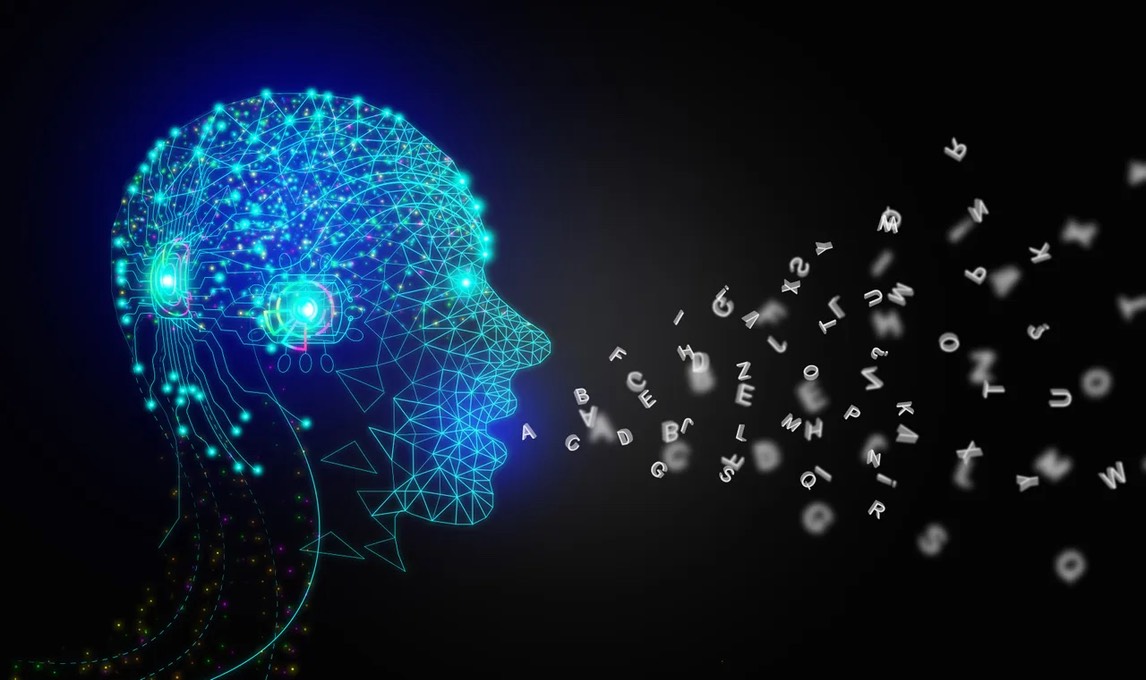
This blog explores the concept of Generative AI, its applications in business, its approach to implementation, best practices, and advantages and disadvantages.
Generative AI is a subset of artificial intelligence that focuses on creating machines capable of generating new content, such as images, videos, music, or text, that is similar to what a human could produce. It is based on deep learning models that can learn from large amounts of data and generate new content based on what they have learned.
Generative AI has many applications in business, including in creative industries, marketing, and product design. It is also being used in areas such as medicine, finance, and cybersecurity, where it can generate predictions, simulations, and personalized recommendations.
Implementations in Business
Generative AI is being used by businesses in a variety of ways, from generating realistic product images to creating personalized marketing content. For example, a fashion retailer could use generative AI to create new designs based on customer preferences or generate photorealistic product images without the need for expensive photo shoots.
In the financial industry, generative AI can be used to create simulations of market conditions or to generate personalized investment recommendations based on a customer's financial data.
Approach to Implement
The first step in implementing generative AI is to identify the problem or use case that the technology can help solve. Once a use case has been identified, the next step is to gather and prepare the data needed to train the model. This involves collecting a large dataset of relevant examples from which the model can learn.
The next step is to choose a deep learning model architecture that is appropriate for the task at hand. This may involve experimenting with different models and parameters to find the one that produces the best results.
Finally, the model is trained on the prepared dataset, and its performance is evaluated on a test dataset. Once the model has been successfully trained, it can be used to generate new content based on the patterns it has learned.
Best Practices
When implementing generative AI, it is important to follow best practices to ensure that the model is reliable and produces high-quality results. Some best practices to follow include:
1. Ensure data quality: The quality of the data used to train the model is critical to its performance. Ensure the data is accurate, relevant, and representative of the task.
2. Regularly monitor and update the model: Generative AI models need to be regularly monitored and updated to ensure that they continue to produce high-quality results. This may involve retraining the model on new data or fine-tuning its parameters.
3. Evaluate the model's performance: It is important to evaluate the model's performance regularly to ensure that it is meeting the desired quality standards. This may involve using metrics such as accuracy, precision, and recall to measure its performance.
Advantages and Disadvantages
Generative AI has many advantages, including the ability to generate new content quickly and at scale, automate repetitive tasks, and generate personalized recommendations. It also has the potential to reduce costs and improve efficiency in many industries.
However, there are also some potential disadvantages to consider. Generative AI models can be expensive and time-consuming to develop and train. They may also be prone to bias or produce low-quality results if not trained on high-quality data or if the training data is not representative of the task at hand. Additionally, there are ethical concerns around the use of generative AI, particularly in areas such as deep fakes and synthetic media.
Conclusion
Generative AI is a powerful technology that has many applications in business and beyond. By following best practices and carefully considering their advantages and disadvantages, businesses can harness the power of generative AI to automate tasks, improve efficiency, and generate new content at scale.
